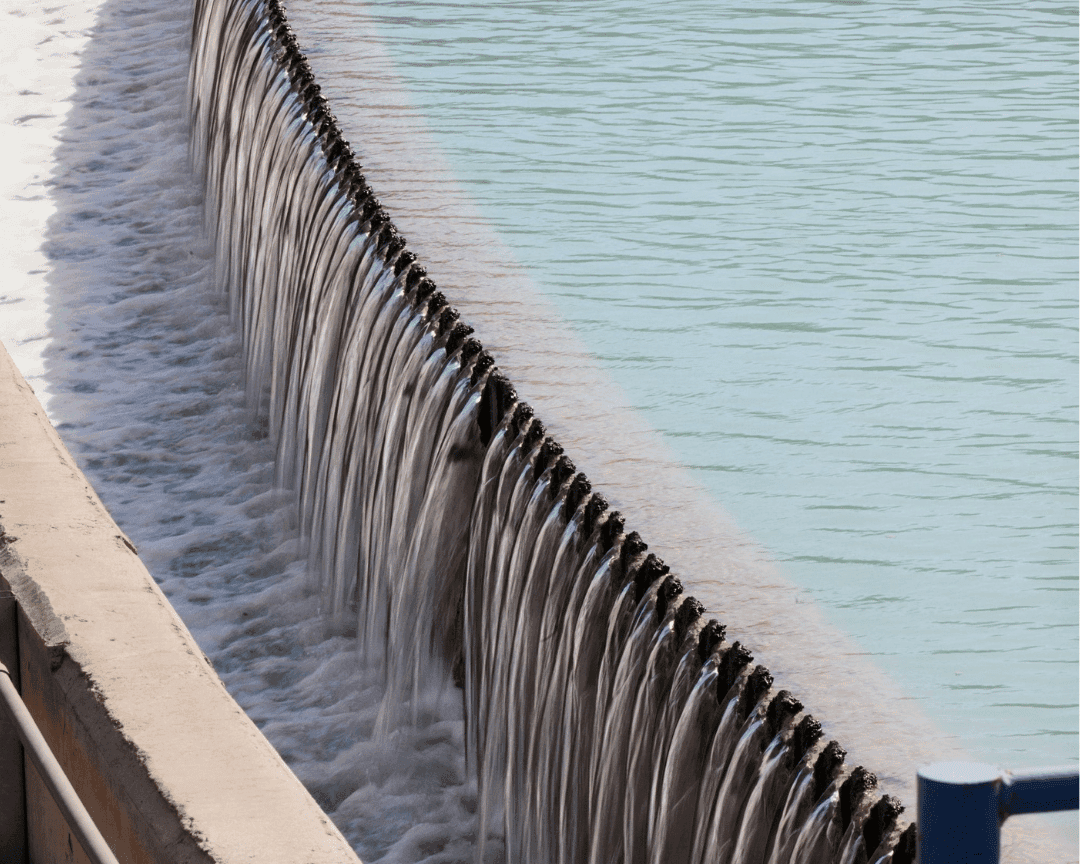Initial analysis revealed the installation of FLS’s E-DUC system and E-Volute feedwell reduced flocculant consumption by 34%. It improved overall performance of the thickener, which now achieves consistent production of up to 1000 tph (original nameplate design of 700 tph). The production bottleneck at the thickener has also been eliminated.
Average thickener underflows have been increased by 4–6% (w/w) – a level that has been set to limit increases in viscosity in the carbon-in-leach (CIL). The 34 m opposition thickener is now delivering a higher average underflow density of 52–54% (often reaching up to 56%) than the 44 m tailings thickener. This increase is giving an additional 11–16% residence time in the leach circuit, which helps to maximise recoveries.
In a package that is unique to FLS, the complete service on this project included design, engineering, fabrication (including the new feed system), planning, scheduling, project management, installation and commissioning. FLS was able to complete the project ahead of schedule. In fact, the planned shutdown period for installation was reduced by three shifts.
The mine has achieved return on investment on the new system in less than six months.
